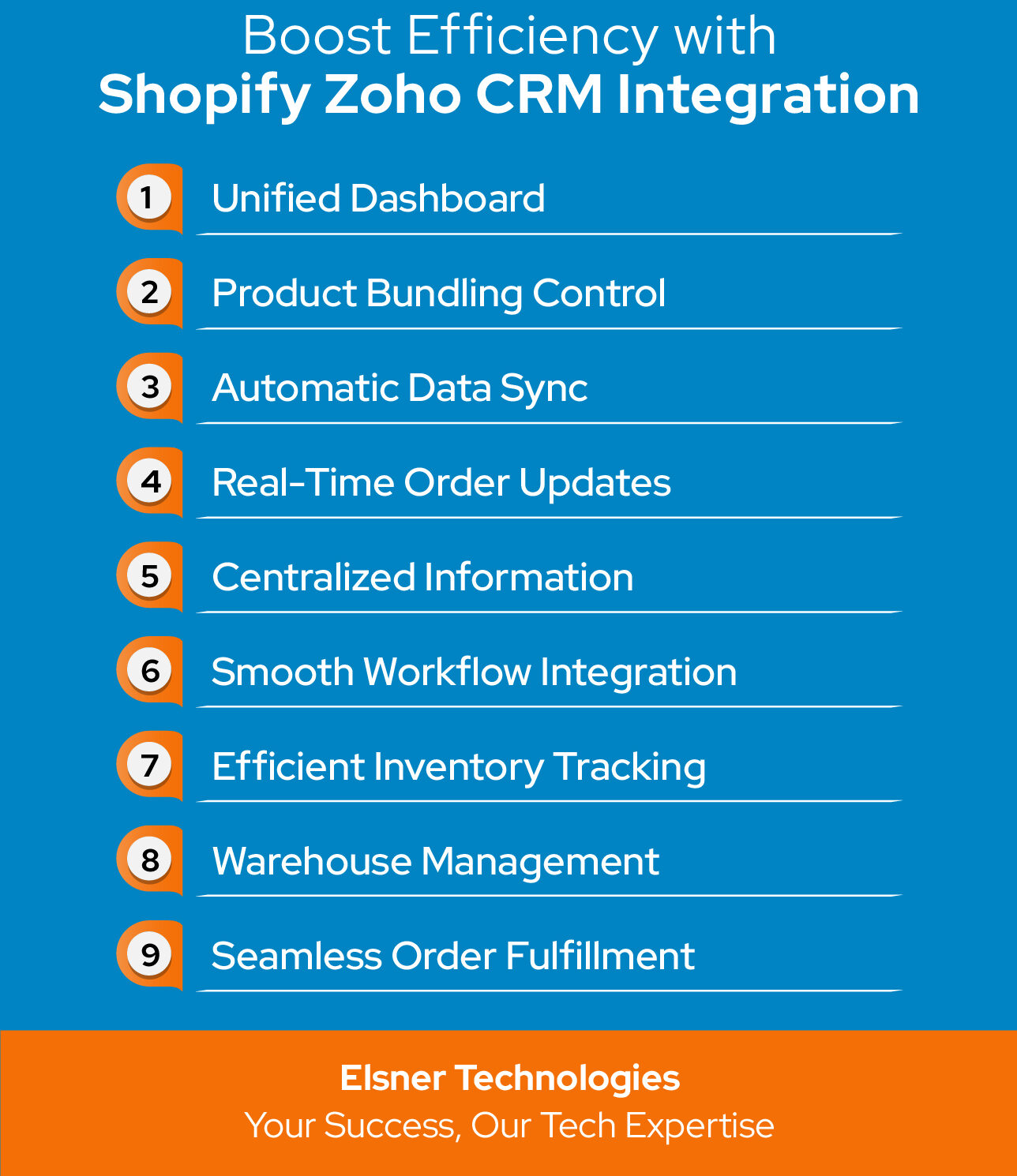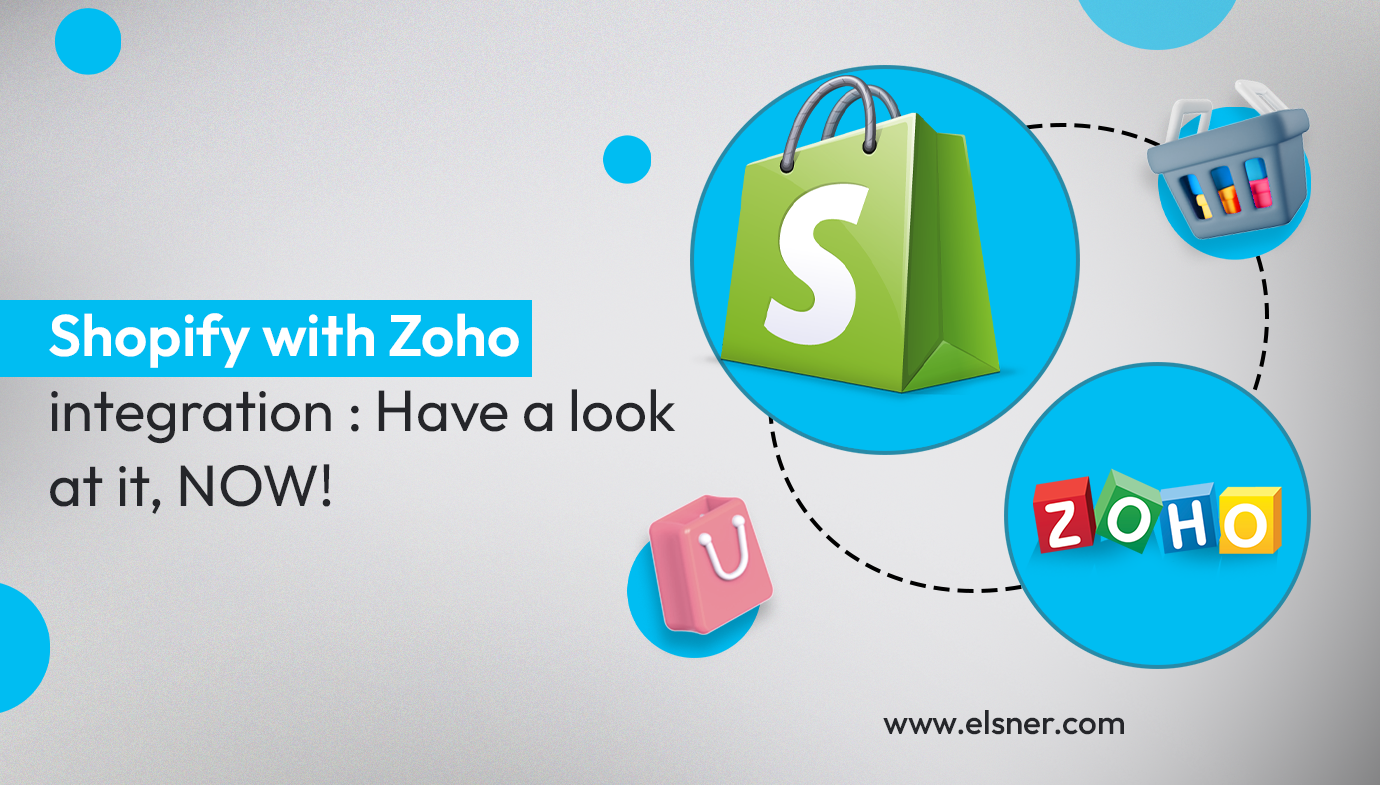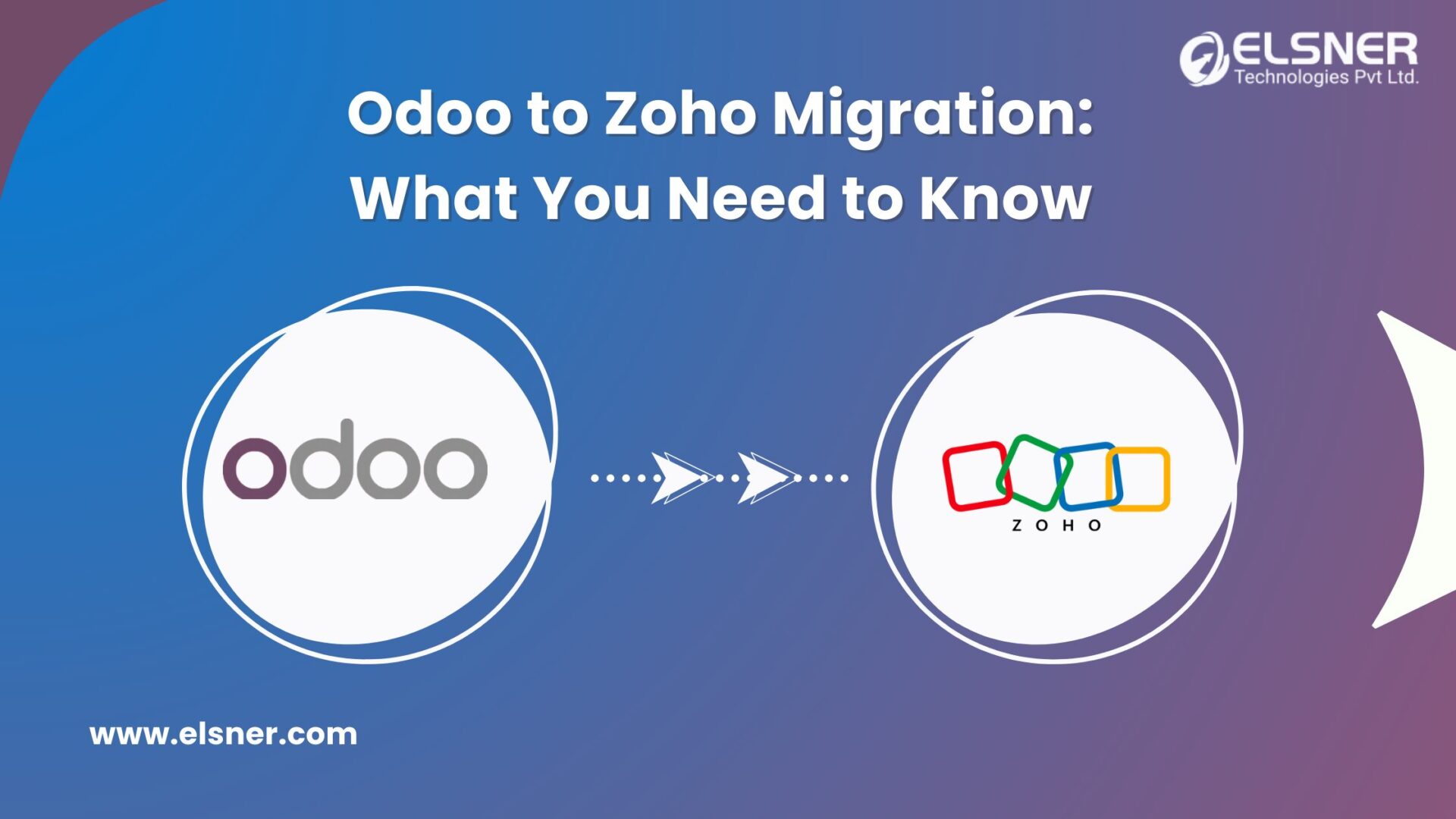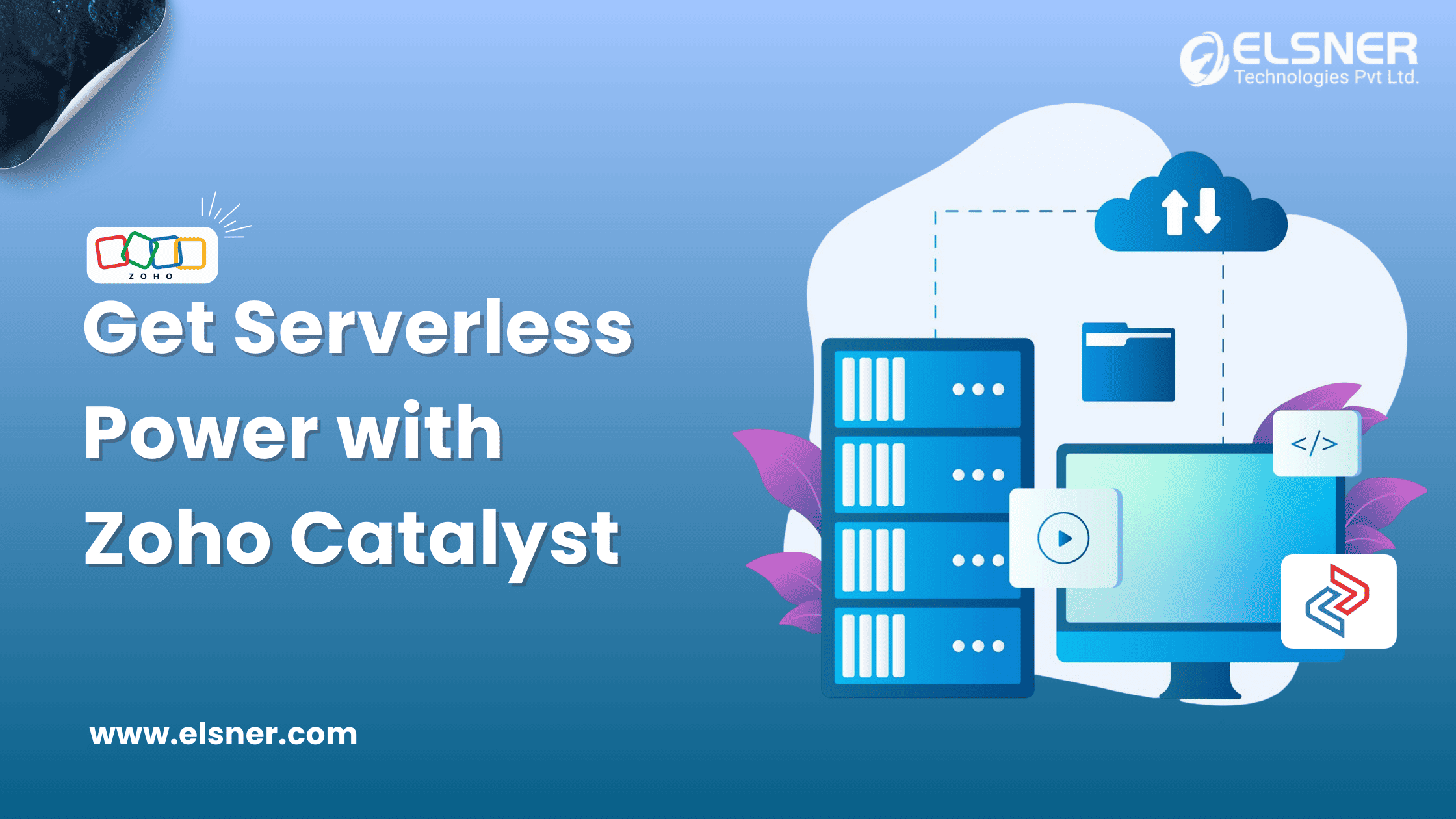- What is Shopify?
- What is a Zoho Inventory?
- Steps to integrate Zoho CRM:
- Tips for setting up a Shopify store with Zoho Inventory
- 1. SKUs are the Primary Key
- 2. Product Name in Shopify must be unique
- 3. Unlink items before removing them from Zoho Inventory
- 4. Quick Two-Way Syncing
- 5. Sales Orders and Product Syncing are Unidirectional
- Features of Integration
- What are the advantages of having Shopify Zoho CRM integration?
- 1. Intuitive Dashboard
- 2. Product Bundling
- 3. Reduce Data Entry
- 4. Get the customer information directly into Zoho CRM.
- 5. Maintain all sales and profit data in a centralized location
- 6. Ease the process
- 7. Track and Reorder
- 8. Multi-Location Warehouse
- 9. Smooth order fulfilment
The Zoho Shopify CRM integration allows businesses to create detailed customer profiles for targeted marketing campaigns. This integration offers analytical data on industry, customers, and potential leads, allowing the division of marketing messages for more targeted and effective communication.
Syncing Shopify with Zoho CRM, all departments that require updates on sales, distribution, shipping, and customer feedback will be notified effectively.
What is Shopify?
Shopify is the most popular cloud-based, multi-channel E-Commerce platform created for small and medium-sized enterprises. It contains many tools for anyone wishing to launch an E-Commerce business.
Shopify offers support with the process, organization, and other aspects of online selling. It has more than a million members globally and has grown to be the most popular platform for people who require support selling goods.
What is a Zoho Inventory?
Zoho CRM is a cloud-based customer relationship management software that uses the cloud to gather data. It is known for providing consumers with quick data management and synchronization.
Zoho CRM has a sturdy email marketing tool and great custom web forms, making generating leads for E-Commerce websites easy. Additionally, store owners may manually sync data to Zoho CRM, which helps business efficiency and builds strong customer relationships.
Steps to integrate Zoho CRM:
- Build a new Zoho Shopify connection
- Authorize the Zoho Shopify Connection
- Connect Shopify with Zoho inventory
- Configure the Zoho Shopify integration
- Connect multiple Shopify stores with Zoho
Tips for setting up a Shopify store with Zoho Inventory
1. SKUs are the Primary Key
Zoho Inventory’s primary means of linking Shopify Products to its equivalent categories of Items and Item Groups is through the SKUs. Before syncing any products to Zoho Inventory, ensure that each product variant in the Shopify site has a unique allocated SKU.
2. Product Name in Shopify must be unique
In Zoho Inventory, each product name gets changed to an item group. Zoho Inventory combines its variants into one item group if two product names are identical.
3. Unlink items before removing them from Zoho Inventory
Unlinking is necessary since neglecting to do so before deleting an item from Zoho Inventory would confuse the sync and block further syncs of that item from Shopify.
4. Quick Two-Way Syncing
Shopify’s inventory gets updated within minutes of any change in Zoho Inventory’s stock, and vice versa. This offers protection against products being sold in large amounts.
5. Sales Orders and Product Syncing are Unidirectional
Users will have to use Shopify to handle all updates of the products that aren’t related to stock, as well as returns and exchanges. Creating sales orders and items in Zoho Inventory won’t be synced to Shopify.
Features of Integration
- Automatically sync Shopify customers with contacts or leads in Zoho CRM
- When a two-way sync is enabled, the user may decide how the sync will go.
- Zoho CRM allows Shopify to manage customer records.
- View all sync details gathered on a single dashboard.
What are the advantages of having Shopify Zoho CRM integration?

1. Intuitive Dashboard
The primary dashboard of the platform integrates business information ranging from sales activity to product summaries and provides a quick overview of the business health to play the day accordingly.
2. Product Bundling
Zoho Inventory allows control of product bundles by creating and trying different item mixes. Try various combinations to enhance bundles and boost sales and customer satisfaction.
3. Reduce Data Entry
Zoho integration with Shopify saves a lot of time from manual work. Whenever a new item is Uploaded to a Shopify store, the Zoho Inventory is automatically updated. Additionally, a sales order and contact gets automatically created when a sale is made. This also assists in reducing the risk of incorrect data reconciliation. The information sync saves time and also keeps the data secure.
4. Get the customer information directly into Zoho CRM.
Every time an order is created or attempted through the Shopify website, the order in the Zoho CRM is instantly updated. This data will helps to understand the target audience and which products are most in demand. This data can be useful in creating marketing plans for businesses.
5. Maintain all sales and profit data in a centralized location
With this integration, all customer and sales data can be kept in one location, helping to make better business decisions. Can keep track of sales in one location and manage business procedures from anywhere.
6. Ease the process
Integrating Zoho with Shopify will streamline procedures and make them easy. It will make work easy as the tasks will be a smooth flow. Also, the user can perform activities quickly with this integration.
7. Track and Reorder
Track the movement of each item individually using serial number tracking and expiration date for an entire lot with the batch tracking feature. It may have the option to reorder points to get notifications when the stock level drops. In this way, one can always offer new products, ensure that never run out of stock, and keep track of movement.
8. Multi-Location Warehouse
With the Zoho Inventory, users can keep track of the stock levels of the goods in each warehouse if users have specific warehouses assigned to various locations. Orders and item levels automatically get synchronized between Shopify and Zoho Inventory.
9. Smooth order fulfilment
With shipping integrations, the orders can be processed even if placed halfway across the world. Additionally, when the order has been dispatched from the store, the end-user will get a real-time notification.
Conclusion
Integrating the Shopify store with Zoho can better manage inventory, locate the stores and Shopify locations on the appropriate Data Warehouses, increase productivity, improve customer relationship management, and maintain accurate records. The newly established enterprises can expand and grow successfully with the help of this integration.
Looking for Zoho CRM integration with Shopify? Elsner Technologies offers the best E-Commerce integration solutions to help in enhancing business growth.

About Author
Pankaj Sakariya - Delivery Manager
Pankaj is a results-driven professional with a track record of successfully managing high-impact projects. His ability to balance client expectations with operational excellence makes him an invaluable asset. Pankaj is committed to ensuring smooth delivery and exceeding client expectations, with a strong focus on quality and team collaboration.




